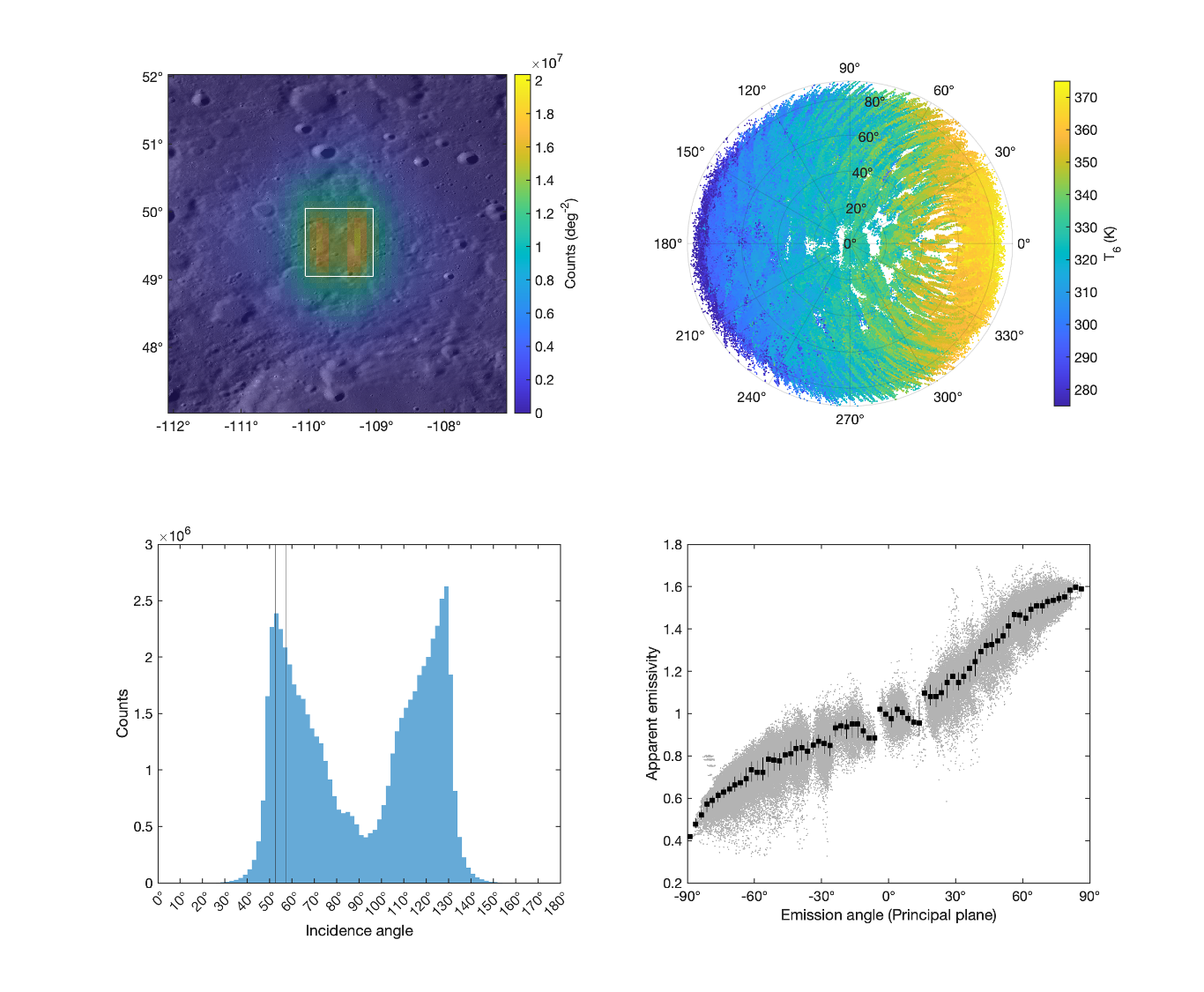What The (EP)F!?
While I wait for my paper on impact ejecta thermophysical properties to finally, finally be published,[1]It has a DOI now! (currently inactive, but when it’s up that link will take you to it) I thought I’d take a bit of a dive into a side project I’ve somehow been roped into[2]Read: intentionally volunteered for over the past few years. As a member of the Diviner science team, I’ve participated in many discussions and exchanges about how we can better understand and process our data, as well as improve our thermal models to more accurately fit the massive quantity of data Diviner has acquired over 15 years in service.


-xoxo gossip grad ☾⋆⁺₊⋆


